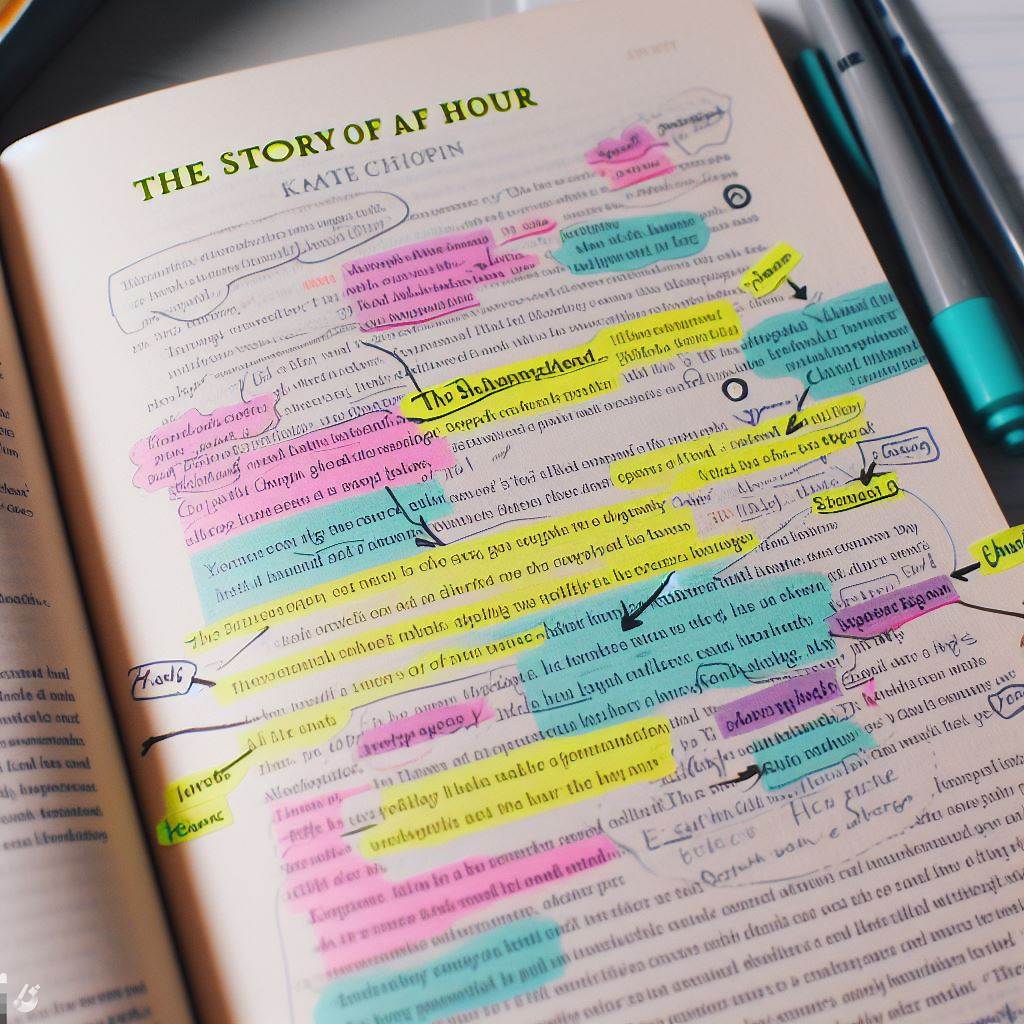A Brief Analysis of “The Story of an Hour”
Navigating Themes and Symbolism in a Timeless Short Story
Kate Chopin’s “The Story of an Hour” is a compact yet profound exploration of the complexities of human emotions and societal expectations. In this brief analysis, we unravel the layers of themes and symbolism that make this short story a timeless piece of literature.

1. The Theme of Freedom: Liberation Amidst Constraint
At the heart of the narrative is the theme of freedom. Louise Mallard, the protagonist, experiences a range of emotions upon learning of her husband’s death. Her moments of solitude in the room become a metaphorical space where she contemplates the newfound freedom from societal expectations and constraints.
2. Irony in Independence: A Subtle Twist of Fate
The irony within “The Story of an Hour” lies in the unexpected joy that Louise feels at her husband’s reported death. This twist of fate challenges societal norms of grieving and raises questions about the complexities of marital relationships, societal expectations, and the true nature of independence.
3. Symbolism of the Open Window: Opportunities Unveiled
The open window in Louise’s room becomes a potent symbol in the story. It represents opportunities and a glimpse into a world beyond the confines of her marriage. The window becomes a threshold to possibilities, embodying the duality of liberation and the potential for new beginnings.
4. The Heart as a Symbol: A Complex Emblem
Louise’s heart condition serves as a symbol of her emotional state. Initially associated with fragility, her heart takes on a different connotation as the story unfolds. The sudden revelation of her husband’s survival and her subsequent death, ironically linked to joy, adds depth to the symbolism of the heart.
5. Time as a Narrative Element: Compression and Expansion
Chopin skillfully employs time as a narrative element. The story unfolds within the span of an hour, yet within this compressed timeframe, Louise experiences a profound emotional journey. This compression and expansion of time contribute to the intensity and impact of the narrative.
6. Feminist Undertones: Subverting Expectations
“The Story of an Hour” subtly subverts traditional gender roles and societal expectations. Louise’s initial reaction challenges the stereotypical portrayal of grieving wives, offering a nuanced exploration of the limitations placed on women in the late 19th century.
Conclusion: Echoes of Complexity in a Short Tale
In conclusion, “The Story of an Hour” is a narrative gem that encapsulates profound themes within a concise framework. The themes of freedom, irony, and symbolism, coupled with Chopin’s masterful use of narrative elements, contribute to the enduring impact of this short story. It remains a testament to the ability of literature to convey complexity and depth within a brief narrative.


